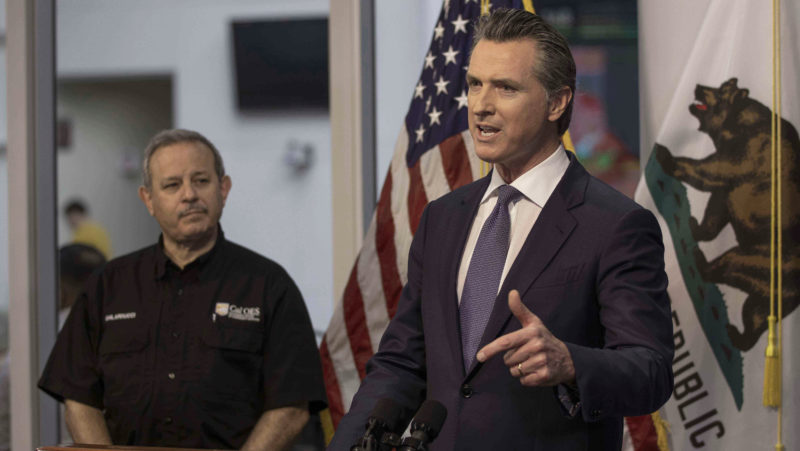As the Santa Clarita Valley enters a heat wave that National Weather Service meteorologists said is here to stay, Gov. Gavin Newsom signed an emergency heat proclamation Monday to reduce the need for rolling blackouts.
Newsom’s proclamation is designed to free up energy capacity and reduce the need for temporary energy service disruptions, temporarily allowing some large users and utilities to use backup energy sources to relieve pressure on the grid during peak usage times.
This comes as California’s power grid operators announced that millions of California utility customers may lose electrical power Monday, as they continue to struggle to supply power during the historic heat wave, with a 4,400-megawatt shortage expected Monday.
Over the weekend, California Independent System Operator, or CAISO, announced “Stage 3” emergencies, causing rolling blackouts across the state and affecting neighborhoods in Valencia, Newhall and Saugus.
While none are planned as of the publication of this story, Southern California Edison officials said these rolling outages can return to the SCV if unavoidable.
Even so, Newsom called the rolling blackouts experienced by hundreds of thousands unacceptable, demanding an investigation into the failure to anticipate and avert such blackouts.
“We always maintain that … you can’t control the weather, but you can prepare for the weather events,” Newsom said. “We failed to predict and plan these shortages, and that’s simply unacceptable.”
In response, state officials worked to bring more energy resources, such as the L.A. Department of Water and Power, the California State Water Project and other investor-owned utilities, online over the weekend.
The CAISO also issued a statewide Flex Alert Sunday, calling for voluntary electricity conservation extending through Wednesday each day during peak hours of 3-10 p.m., when temperatures remain high though solar production is falling due to the sun setting.
The Flex Alert highlighted these three actions individuals and businesses can take to reduce energy consumption during these peak hours:
- Set your thermostat to 78 degrees or higher.
- Refrain from major appliance use.
- Turn off unnecessary lights and appliances.
“All those things, in particular, can really help us conserve energy and help us through this very challenging period of time,” Newsom said.
To learn more about Edison’s rolling outage map, visit sce.com/outage-center/outage-information/rotating-outages. For more information on how to conserve energy, visit flexalert.org.








